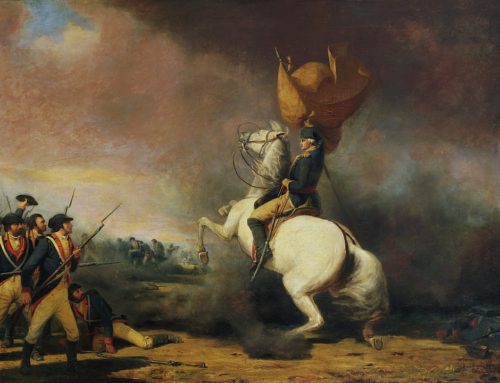One of the many delights in taking a cruise is finding a wonderful city that one might by pass in the ordinary course of travel. Eloise and I truly fell in love with Dubrovnik, Croatia. We felt that it was most picturesque. It occupies a promontory, jutting into the sea under the limestone mass of Mount Srdj.
Dubrovnik’s city walls are a source of pride. The basic city plan dates from 1292. The main street, with beautiful late-Renaissance houses on each side is truly enchanting. No motor vehicles are allowed inside the walls.
Fortunately, because Croatia has enjoyed peace over the last few years, the city has been restored to its former grandeur. Located on the Adriatic Sea, the city has historically been a tourist attraction. However, as recently as 1991 the town was partially destroyed during a war between the republics of Croatia and Serbia. The town faces the sea at the foot of rugged limestone mountains, and is well known for its medieval double walls and fortifications. Thus, one has the excitement of walking both on top of the walls, and inside a truly lovely walled city. Thus, you learn to appreciate visually its unique ambience.
The city contains several monasteries, the Sponza Palace, initially a customhouse and then a mint, and a rector’s palace. The rector’s palace is one of the masterpieces of Dalmatian architecture. Strict zoning ordinance requires both in the city and outside new buildings to conform to its medieval architectural style. Both with and outside the ancient city there are many cultural activities, particularly musical events. Musical performances within the cathedrals are a very popular form of entertainment throughout Europe.
Initially, the Romans founded the town. In the 7th century, the town was rebuilt on the ancient Roman site. The city formed a link of two cultures, Slav and Romans. From 867 CE to 1205 CE the city was under the protection of the Byzantine Empire, of Venice from 1205-1358, of Hungary until 1526 and on the Ottoman Empire until 1806. After the Ottoman occupation, Dubrovnik became a major trading route between the Ottoman Empire and Europe. After the defeat of Napoleon, the city was ceded to Austria. Following World War I, the town became part of the newly created Kingdom of Serbs, Croatia, and Slovenes (later Yugoslavia). Although the city suffered brutal assaults from October 1991 to 1992, it has been almost completely restored. Today, UNESCO classes it correctly as a world heritage treasure.




